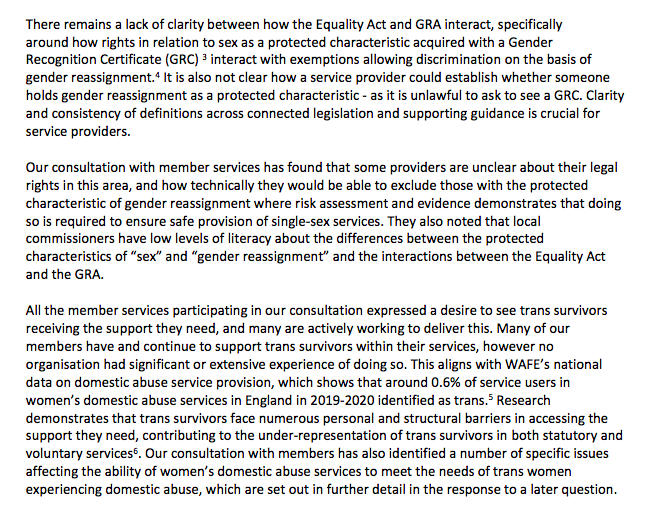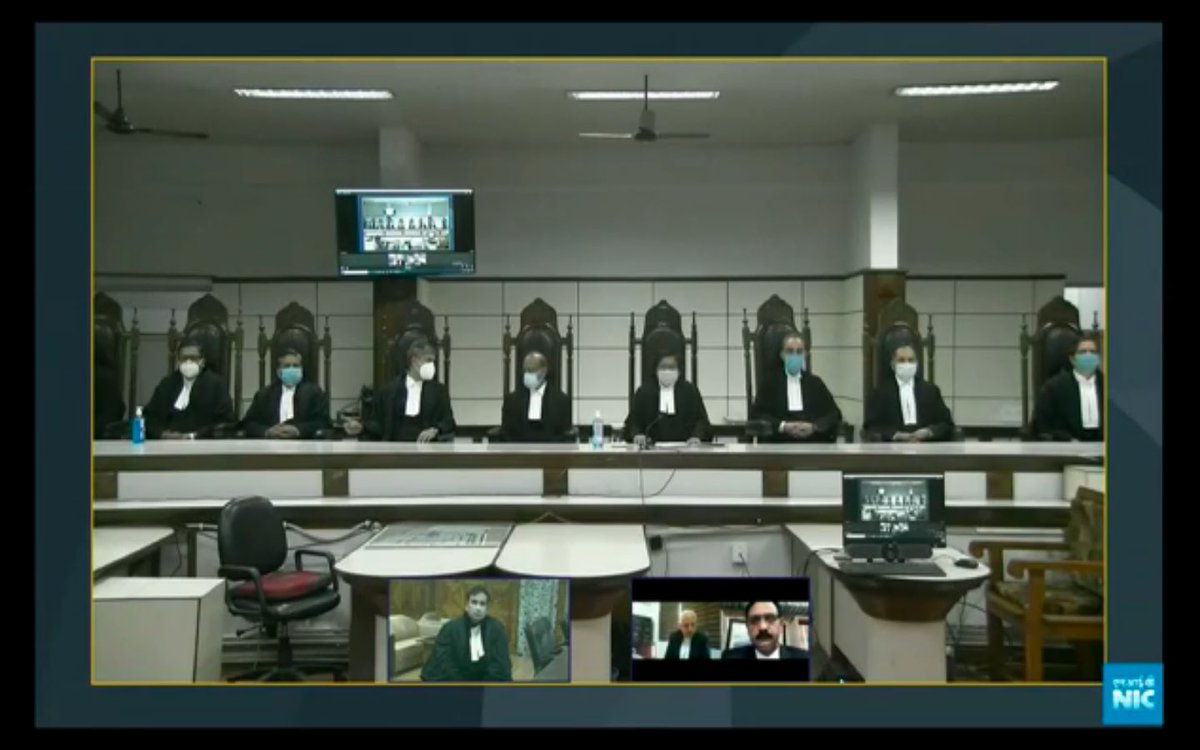- Long hair was all the rage, and premature balding was a dead giveaway that someone had contracted syphilis.
WHY DO BRITISH LAWYERS STILL WEAR WIGS?
WRITTEN BY LAURIE L. DOVE
- Wigs, when not used to cover syphilis-related hair loss, were a big help for those who had lice.
- Long hair was all the rage, and premature balding was a dead giveaway that someone had contracted syphilis.
But when was the last time you saw lawyer or judge wearing a powdered wig?
Lawyers in Hong Kong still wear garb that calls back to their days as a colony.
Barristers must wear a wig slightly frizzed at the crown, with horizontal curls on the sides and back.
In the 17th century, only the elite wore powdered wigs made of horsehair.
Wigs began to catch on in the late 16th century when an increasing number of people in Europe were contracting the STD. Without widespread treatment with antibiotics (Sir Alexander Fleming didn't discover penicillin, the treatment for syphilis, until 1928),
When it comes to trend-starters, no one had a bigger
Although aristocrats and those who wished to remain in good social standing were quick to adopt the practice of
Over time, wigs fell out of fashion with society as a whole. During the reign of England's King George III, from 1760 to 1820, wigs were worn by only a few — namely bishops, coachmen and those in the legal profession.
In 2007, though, new dress rules did away with barrister wigs — for the most part.
Wigs, however, remain in use in criminal cases.
The habit persists, though. "It is a little bit odd when you think of it, but I think this phenomenon has a symbolic aspect to it,"
More from Law
This is what he wants to do.
No matter how this trial plays out, the US will remain divided between those who choose truth, Democracy, and rule of law and the millions who reject these things.
1/
The question is how to move forward.
My mantra is that there are no magic bullets and these people will always be with us.
Except for state legislatures, they have less power now than they have for a while.
2/
The only real and lasting solutions are political ones. Get Democrats into local offices. Get people who want democracy to survive to the polls at every election, at every level.
It’s a constant battle.
3/
Maybe I should tell you all about Thurgood Marshall’s life to illustrate how hard the task is and how there will be backlash after each step of progress.
4/
Precisely. That's why Thurgood Marshall's life came to mind.
We are still riding the backlash that started after the Supreme Court decision in Brown v. Board of Education.
That's why I keep saying there are no easy
No matter how this trial plays out, the US will remain divided between those who choose truth, Democracy, and rule of law and the millions who reject these things.
1/
Wouldn't he just use this to repeat his Big Lie and have GOP echo him?
— Thel Marquez (@theljava) January 31, 2021
The question is how to move forward.
My mantra is that there are no magic bullets and these people will always be with us.
Except for state legislatures, they have less power now than they have for a while.
2/
The only real and lasting solutions are political ones. Get Democrats into local offices. Get people who want democracy to survive to the polls at every election, at every level.
It’s a constant battle.
3/
Maybe I should tell you all about Thurgood Marshall’s life to illustrate how hard the task is and how there will be backlash after each step of progress.
4/
Precisely. That's why Thurgood Marshall's life came to mind.
We are still riding the backlash that started after the Supreme Court decision in Brown v. Board of Education.
That's why I keep saying there are no easy
Yep. My relatives continue to support Trump and make false equivalencies as justification. I\u2019ve found it impossible to present factual information that changes minds. Trump\u2019s emotional appeal registers with them: that things were better before civil rights advances.
— Martha Brockenbrough INTO THE BLOODRED WOODS (@mbrockenbrough) January 31, 2021
Some WESC submissions that are worth a read....(my thread of bookmarks)
Judge Paula Grey is president of the Gender Recognition Panel
She doesn't make any recommendations, but she sets out how the process currently works
Which chimes with my analysis of the GRP User Panel and statistics https://t.co/XixEz7lNJv
She is also co-author if the Equal Treatment Bench Book and writes about how the judges are trained by Gendered Intelligence

There is the government's own response
https://t.co/bOn9XecAkz
On single sex spaces they say the law is clear that service providers are able to restrict access to spaces on the basis of biological sex where there is clear justification.

The response from @womensaid is significant.
Their members want trans survivors to get support they need but not by undermining their ability to serve women with female staff & female only services
They highlight lack of clarity
https://t.co/p7096sZcos

This was their position in 2015
They have moved on alot - they have been consulting with members since last year, and have had the courage to say what their members told them, not what Stonewall wanted to
Judge Paula Grey is president of the Gender Recognition Panel
She doesn't make any recommendations, but she sets out how the process currently works
Which chimes with my analysis of the GRP User Panel and statistics https://t.co/XixEz7lNJv
She is also co-author if the Equal Treatment Bench Book and writes about how the judges are trained by Gendered Intelligence

There is the government's own response
https://t.co/bOn9XecAkz
On single sex spaces they say the law is clear that service providers are able to restrict access to spaces on the basis of biological sex where there is clear justification.

The response from @womensaid is significant.
Their members want trans survivors to get support they need but not by undermining their ability to serve women with female staff & female only services
They highlight lack of clarity
https://t.co/p7096sZcos

This was their position in 2015
They have moved on alot - they have been consulting with members since last year, and have had the courage to say what their members told them, not what Stonewall wanted to
















